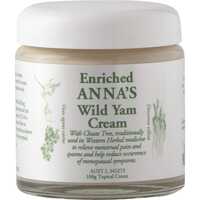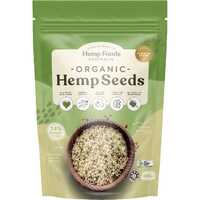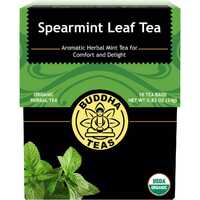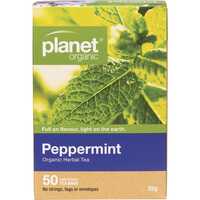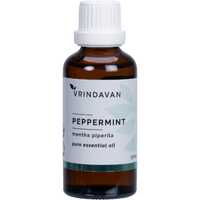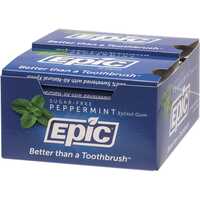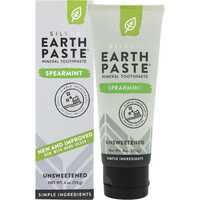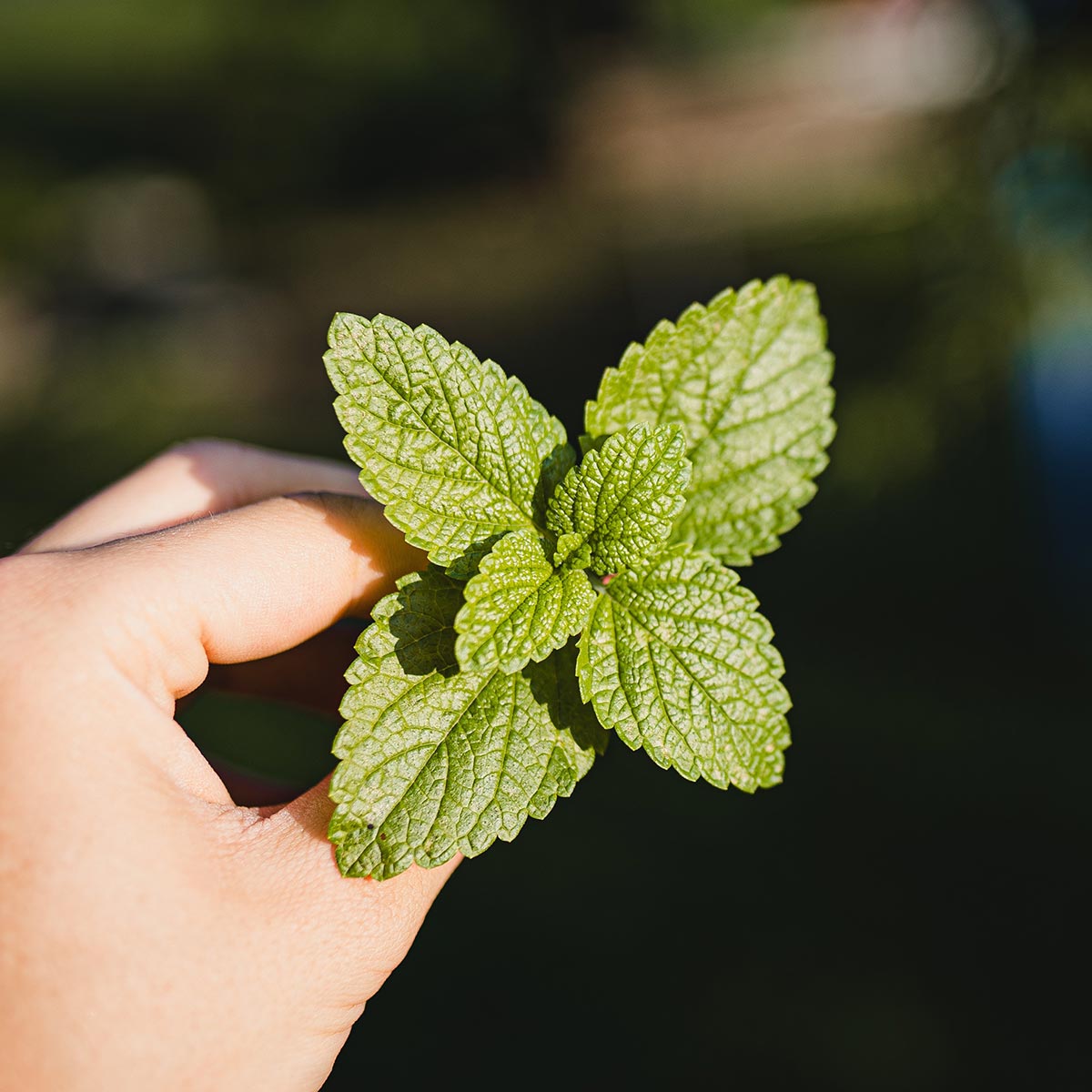Mint is loved the world over for its distinctive aroma and refreshing taste. The unique properties of this plant have inspired a multitude of uses, from ancient teas to modern chocolates and cosmetics. Mint is also known as Mentha, a large genus of plants with numerous species, cultivars, and hybrids. From common spearmint and peppermint to exotic varieties named after cocktails, mint is a special plant with many personalities.
In this article, we'll look at the history of this wonderful plant, review its many forms, and see why it's so loved by people across the world.
What is Mint?
The term "mint" describes the Mentha genus of plants, and it's also used to describe the wider Labiatae family (Lamiaceae) of flowering plants. From small herb pots on European balconies to large commercial farms in North America, mint describes a huge variety of plants that are grown all over the world.
Mint comes in many forms, with up to 24 species of this plant known to exist. There are actually hundreds of forms in the wild, as hybridisation occurs naturally when different species overlap. From America and Europe to Asia and Africa, distinct forms of mint have evolved on each continent. Despite having such a huge geographic scope, however, mint species also have a lot in common.
Mint plants share a similar appearance, having square branched stems and opposite-pair leaves ranging in colour from dark green to purple, blue, and yellow. The flowers of the plant are white to purple, and the fruit is a nutlet containing one to four seeds. Mint contains essential oils, mostly menthol, which is what gives this plant such a unique aroma.
Mint species are perennial and hardy, making them easy to grow and cultivate anywhere with partial shade and moist soil. Mint plants also have a shared vitality, with most species spreading quickly and some recognised as weeds. Individual mint plants can differ widely in size, however, with some species just 10 cm in height and others rising to 1 m or higher.
What is Mint Used For?
In the kitchen, mint has a range of culinary uses. The leaves have a fresh aromatic quality that provides warmth and sweetness, followed by a wonderful cool aftertaste. These properties work well with many foods, including spicy lamb dishes, sweet ice creams, and herbal teas. Morrocan or Touareg tea is extremely popular in Arab cultures, where it's often consumed in place of coffee. Mint is popular in kitchens everywhere, flavouring Indian curries, North African teas, and British roast dinners alike.
Mint also has a number of healing properties. Traditionally, this herb was used to treat stomach pains, headaches, and sore muscles. Today, mint essential oil is used to make breath fresheners, along with toothpaste and antiseptic mouthwashes. Menthol essential oil is extracted and used in many cosmetics and aromatherapy products, and it also has clinical applications for irritable bowel syndrome and post-surgery pain relief. When made into an oil or crushed and sprinkled in raw form, the distinctive aroma of this plant can freshen up any room.
The following uses are very popular:
Savoury foods
Mint-flavoured sauces, jellies, and pastes are enjoyed over much of the world. In many Western countries, mint sauce is a popular condiment for lamb and roasted meat dishes. In India, mint paste is combined with spices and used to flavour curries and savoury snacks. Across the Middle East, dried and fresh mint leaves are commonly used in salads, marinades, and soups.
Sweet foods
Mint is also commonly used to make sweet snacks, including ice creams, chocolates, and confectionery. This sweet-smelling herb adds freshness to any sugary snack, and it's also popular after savoury meals to help cleanse the palette. After-dinner mints are something of a tradition in the West, and mint-flavoured candies and ice cream products can be found all over the world.
Herbal teas
Mint tea is known by many names, including Sahrawi tea, Touareg tea, Maghrebi tea, Algerian tea, and Moroccan tea. This North African delight is a traditional preparation of green tea with spearmint leaves and sugar. It's traditional to the Greater Maghreb region, which includes the modern-day nations of Morocco, Algeria, Tunisia, Libya, and Mauritania.
Essential oil
When essential oils are extracted from mint plants, they can be used to freshen the body and home. Menthol is the primary ingredient in peppermint oil, which is the most popular oil used in household, cosmetic, and medicinal products. Essential oils derived from mint have a cooling and deodorising effect on the body and a refreshing aromatic influence on the environment.
The Early History of Mint
Mint plants have a long history of use across human civilisations. The Egyptian medical text Ebers Papyrus from 1550 BC mentions mint as a digestive tool to treat flatulence. The ancient Greeks rubbed mint on their arms to boost strength, and the ancient Romans used it as a scent on the body. According to Pliny the Elder, Roman naturalist and philosopher, mint could treat headaches when rubbed on the temples. In the 1500s, mint was taken to improve blood circulation, and in the 1600s, physician Tobias Venner said it “doth greatly comfort the braine and spirits, stirre up the senses, especially the memorie, and make the heart cheerefull.”
Modern Scientific Studies
Along with its use in traditional and complementary medicine, mint has been studied extensively to find potential clinical applications. Peppermint oil is particularly beneficial, with essential oils from this plant having applications for irritable bowel syndrome (IBS) and other digestive problems.
According to studies, peppermint oil helps with digestion by promoting smooth muscle relaxation, visceral sensitivity modulation, anti-microbial effects, anti-inflammatory activity, and modulation of psychosocial distress. These known mechanisms of action reflect the ancient use of mint as a digestive tool. For post-surgery applications, peppermint oil aromatherapy has been shown to "improve pain and sleep quality among patients immediately following surgery."
Different Types of Mint
As mentioned above, there are hundreds of mint species, cultivars, and hybrids in existence. People have known of this diversity for many centuries, with 9th-century poet Walahfrid Strabo saying:
"But if any man can name
The full list of all the kinds and all the properties
Of mint, he must be one who knows how many fish
Swim in the Indian Ocean."
While that is something of an exaggeration, there are certainly too many to list them all in this article. The following four mints are among the most common:
Spearmint
Spearmint is known by many names, including garden mint, common mint, and lamb mint. Spearmint is the most common of the mint varieties, and it's also the natural ancestor of peppermint. You probably come into contact with this mint all the time, in things like toothpaste, chewing gum, mint tea, and minty sweets. Spearmint originally came from Europe, and it now grows over much of the world. This fast-growing plant is among the tallest of all mint species, growing up to 130 cm tall.
Peppermint
Peppermint is a natural cross between water mint and spearmint. It grows throughout Europe and North America and is used to produce a variety of foods and essential oils. Peppermint is the number-one mint classic, highly valued for its high menthol content and spicy aroma. Peppermint leaves and oil have been taken traditionally to treat the common cold, along with sinus infections, headaches, and other health conditions. Peppermint oil is also promoted for topical use for problems such as headache, muscle aches, and joint pain.
Water mint
Water mint is also known as brook mint. It originated in Europe, and it now grows in wet conditions across Africa and other parts of the world. Water mint is a mid-size plant, growing 50-60 cm tall and forming light purple inflorescences. This mint can be used to make sauces, jellies, syrups, and teas, but it's not as widespread as either spearmint or peppermint. The cultivated variety known as bergamot mint produces Mentha citrata oil, which is widely used to make perfumes and other cosmetics.
Mojito Mint
Also known as Hemingway mint or cocktail mint, mojito mint is central to the world's most popular alcoholic Cuban punch. This aromatic herb is a cross between Mentha spicata and Mentha suaveolens, growing 40-80 cm tall and producing beautiful green serrated leaves. Along with freshening up cocktails, this mint can also be used to make lemonade and other non-alcoholic drinks. Outside Cuba, garden-variety spearmint is often used as an alternative.
If you're looking for quality natural mint products, Healthy Being has everything you need. We have herbal teas, oral care products, and essential oils, along with many other fantastic mint items. Check out our website today or reach out to our friendly team to learn more.


 Certified Organic
Certified Organic Vegan Friendly
Vegan Friendly  Vegetarian
Vegetarian Organic Ingredients
Organic Ingredients Dairy Free
Dairy Free Gluten Free
Gluten Free Keto Friendly
Keto Friendly

















